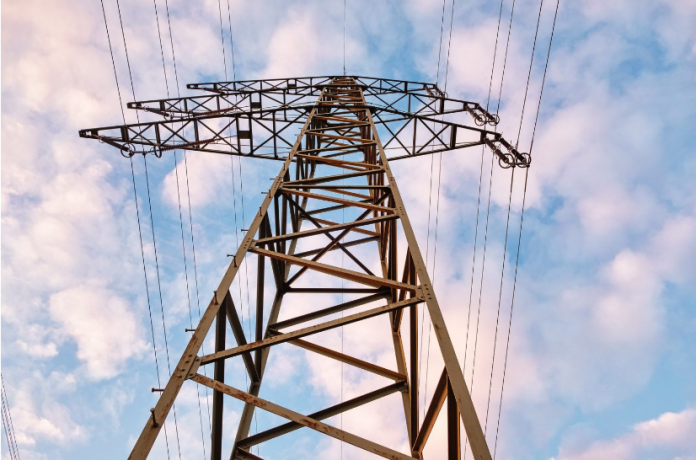Although the major revenue sources for renewable and storage projects will be the sale of energy and environmental attributes, their capacity value remains “an important source of value,” said Rob Gramlich of Grid Strategies, in a webinar presenting a report from the American Council on Renewable Energy (ACORE).
The report’s top recommendation on resource adequacy is for regional authorities to set non-discriminatory capacity values for clean energy and other resources. This recommendation “came out strongly” in interviews conducted by Grid Strategies, said Gramlich, “and reflected frustration from clean energy interests who are active in the RTOs,” or regional transmission organizations that set capacity values in some regions. In other regions, capacity value is set by an ISO (independent system operator).
One move toward non-discriminatory capacity values would be to assign solar and storage a higher capacity value when both are present on a regional grid, as each increases the capacity value of the other, the report said.
Another would be to recognize that “a solar farm without solar, or a wind farm without wind, is the same as a turbine without gas supply,” said webinar panelist Michelle Gardner with NextEra Energy Resources. If a resource isn’t able to give assurances that it can always be there based on fuel supply, it should have a correspondingly lower capacity value, she said.
Expanding on the report’s recommendation to develop new metrics for reliability, panelist John Brodbeck with EDP Renewables said “we want market solutions, we don’t want state intervention.” The energy market “is a natural market as opposed to a contrived market, that gives us better information, and allows us to better value the generation assets” that EDP Renewables builds and manages.
The more information we can get from the market, he said, “the better we can value that, the more likely we are to make the appropriate investments, and convince our investors to give us money to build.”
Resource adequacy measures aim to ensure that electricity supply meets demand at all times. The entire U.S., except for the ERCOT region in Texas, has some form of physical resource adequacy requirement.
The report “demonstrates the need to re-evaluate current approaches” to resource adequacy, said ACORE President and CEO Gregory Wetstone, and makes nine recommendations to do so.
The report, Ensuring Low-Cost Reliability: Resource Adequacy Recommendations for a Clean Energy Grid, was prepared by Grid Strategies LLC for ACORE, and produced in collaboration with the American Clean Power Association and the Solar Energy Industries Association. It includes legal and technical appendices.






